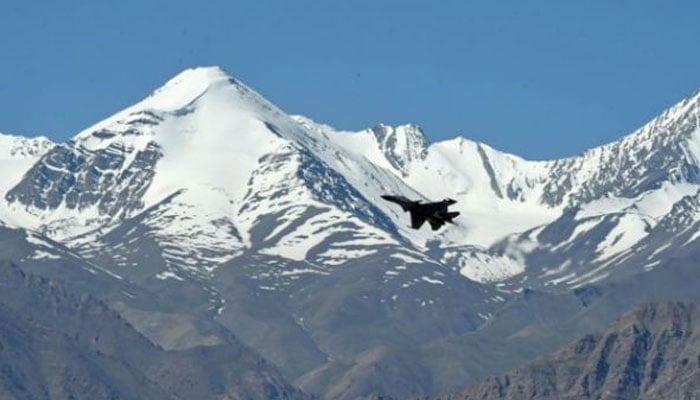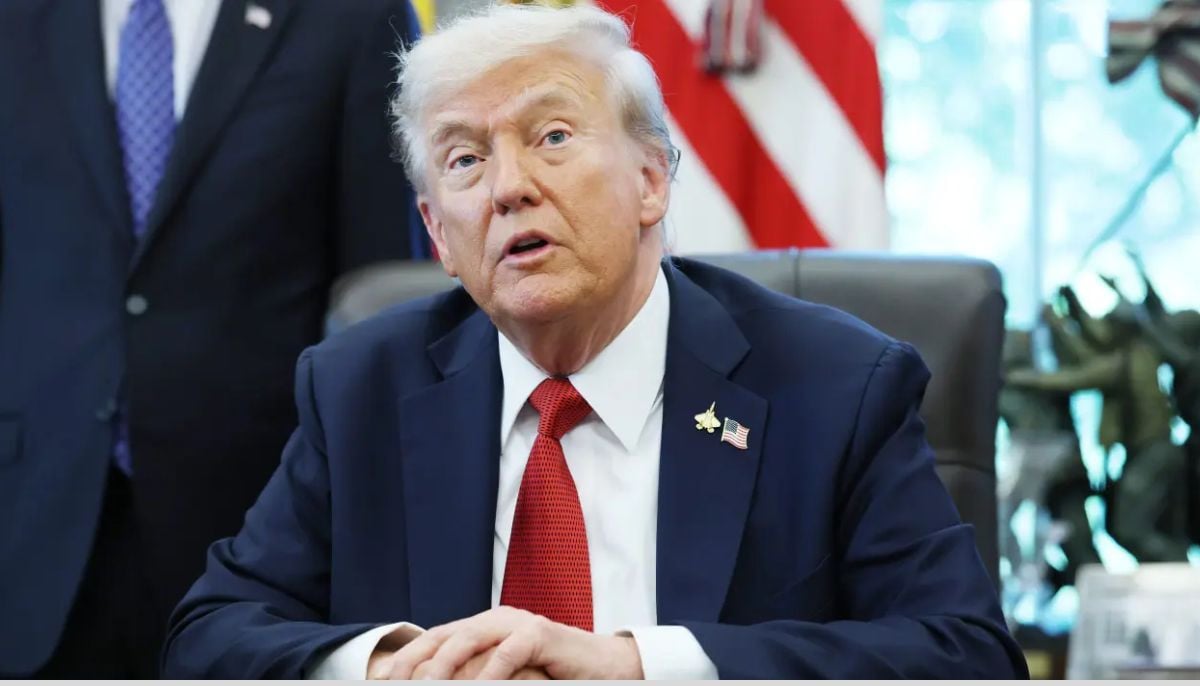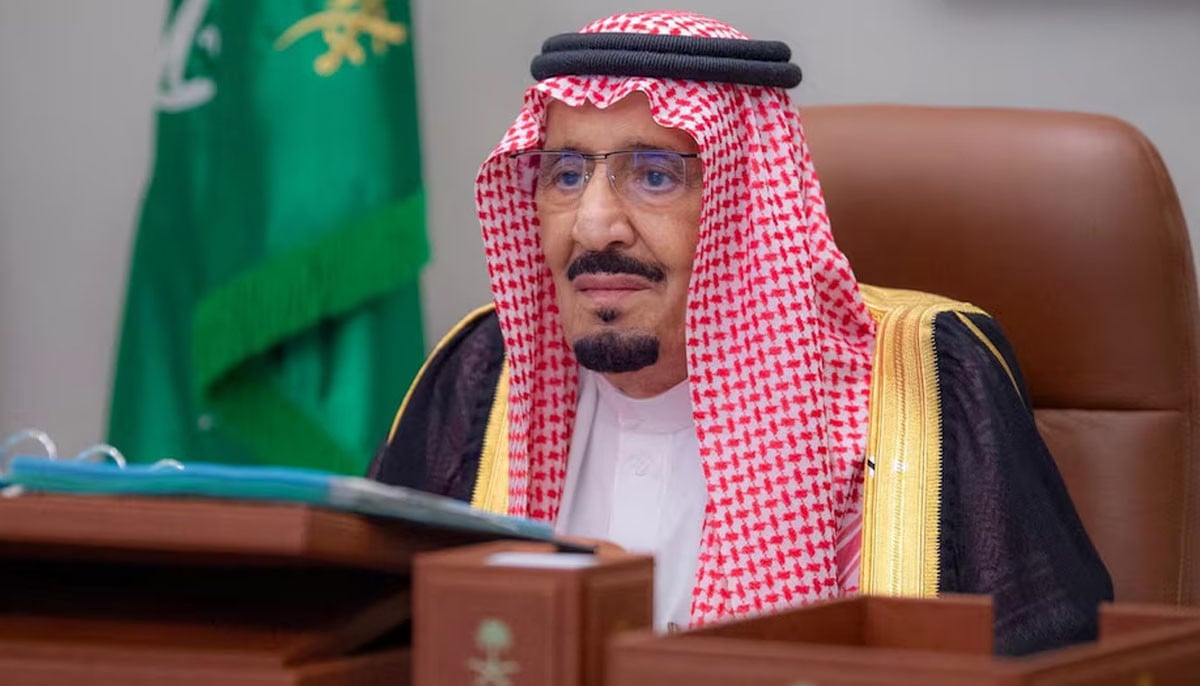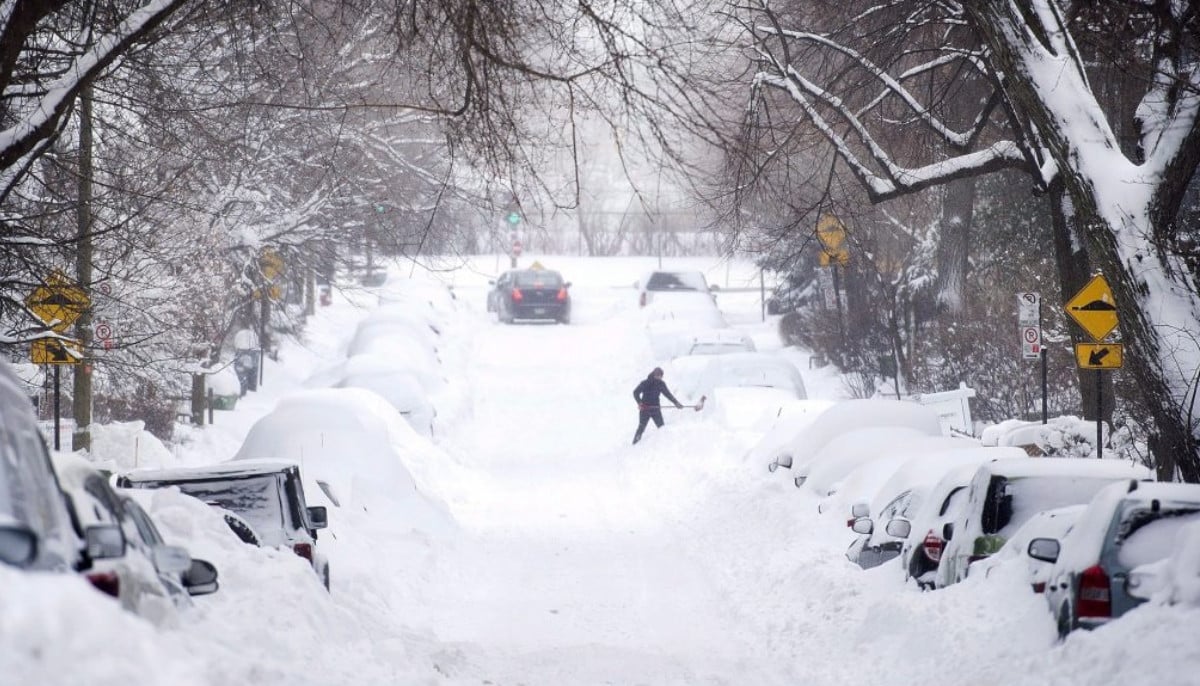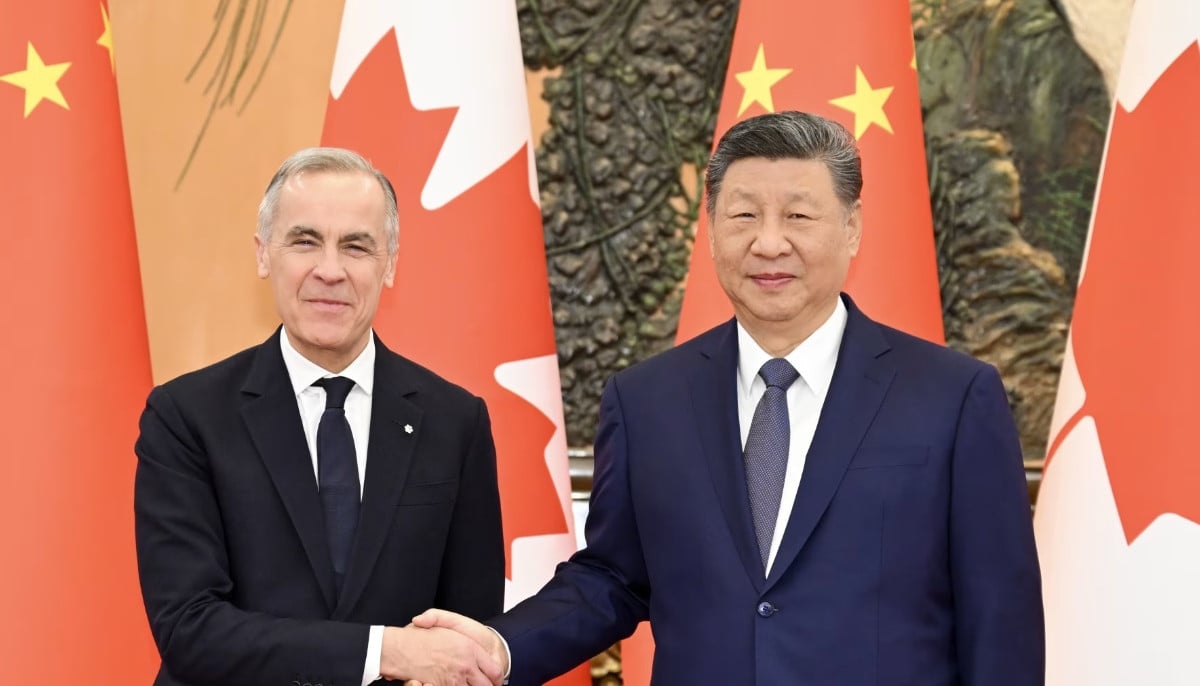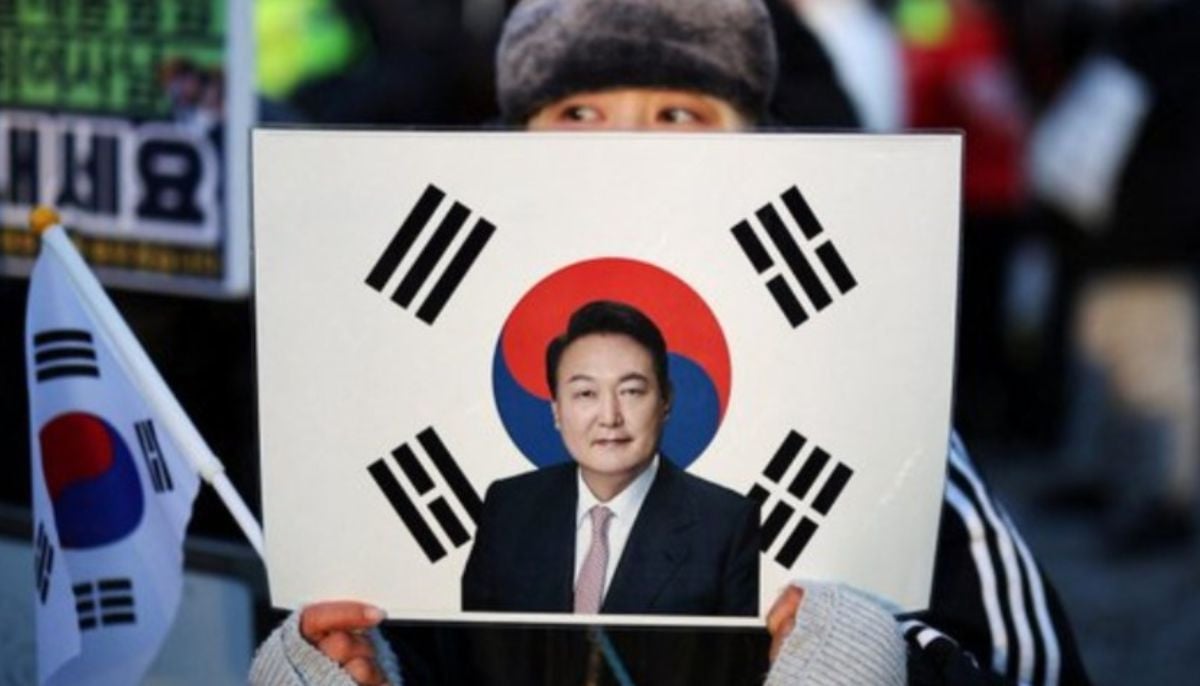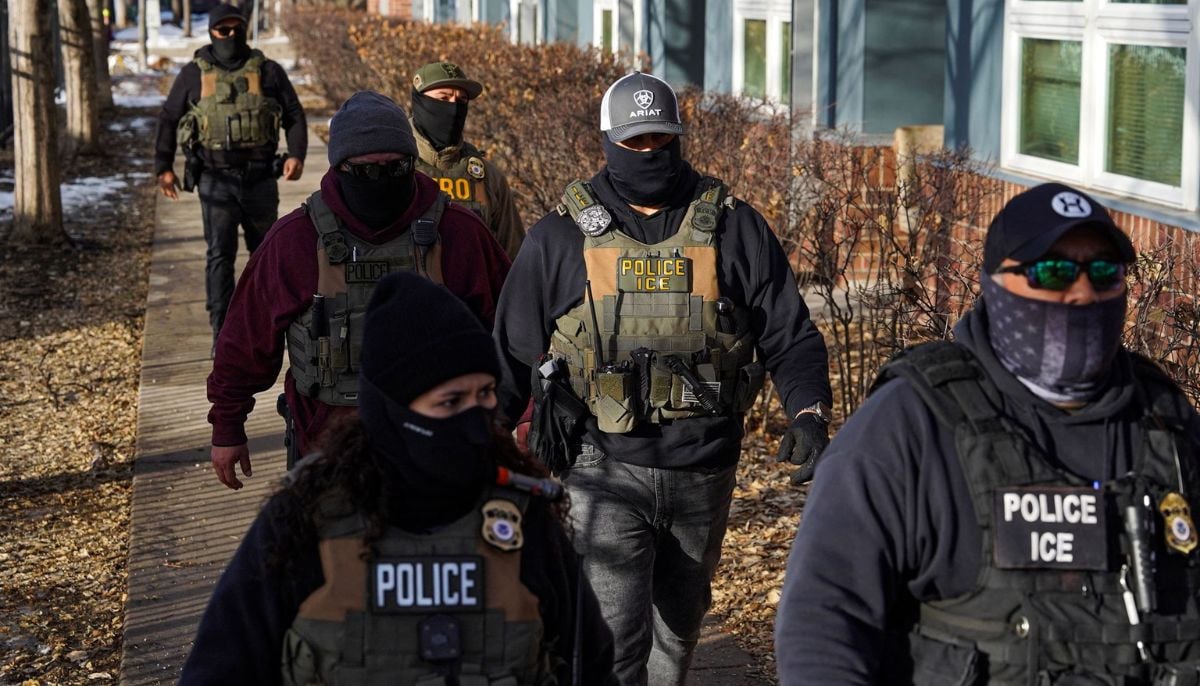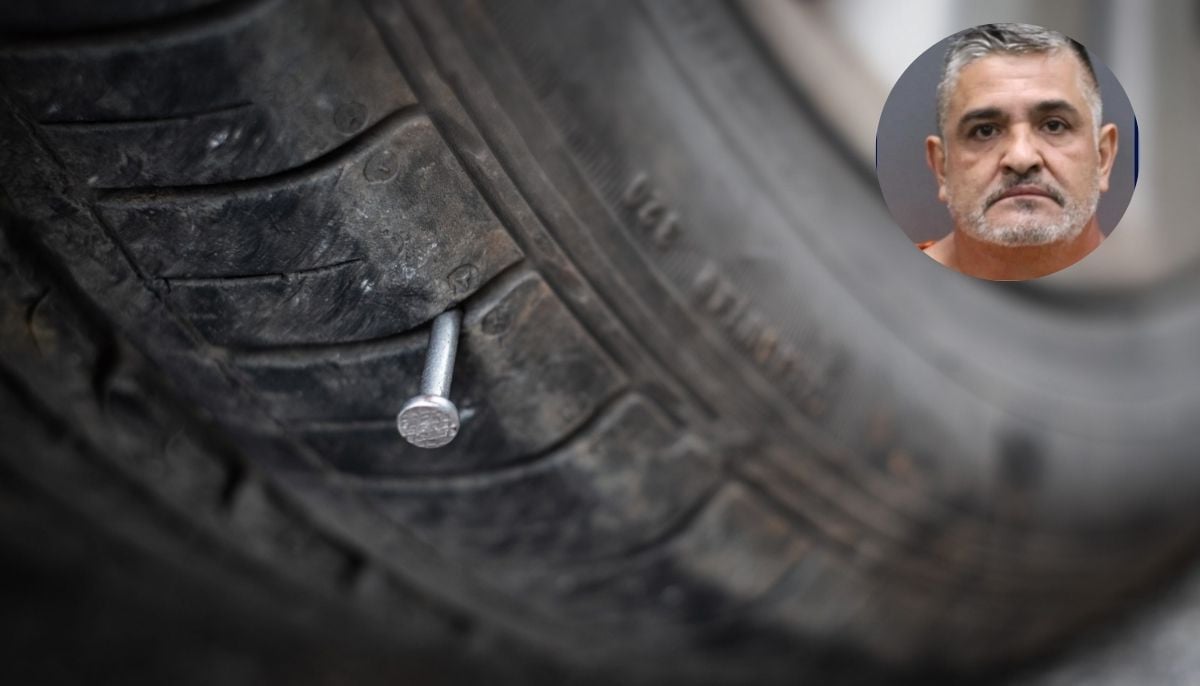Chinese media says 'advanced weapons' deployed in west amid sour relations with India
China's move comes 'as India continued to move forces and hold drills amid border tensions between the two countries'
Chinese media said Tuesday "a variety of advance weapons fit for high-altitude combat" had been deployed by Beijing in the western region amid sour relations with India after the violent Ladakh face-off on June 16 left 20 soldiers of New Delhi dead.
The move came "as India continued to move forces and hold drills amid border tensions between the two countries", Global Times — a top Chinese newspaper that comments on international issues from a nationalist perspective — said in its report.
Global Times, however, stressed that the deployment had come "before the latest consensus reached by both countries on de-escalating border tensions, as the two sides have now agreed on the disengagement of frontline soldiers".
"The weapons, including the PHL-03 and PHL-11 self-propelled multiple rocket launcher systems, PCL-181 vehicle-mounted howitzers, HJ-10 anti-tank missiles, towed 35mm anti-aircraft guns, Type 15 light tanks and Z-10 attack helicopters were deployed to Northwest China's high-altitude desert regions and Southwest China's Qinghai-Tibet Plateau, according to several reports by China Central Television (CCTV) over the past week.
"These weapons are very useful at high altitudes as many are specially designed for plateau operations with the lack of oxygen in such regions taken into account", the publication added.
It further quoted an Indian media report as saying New Delhi "recently held drills featuring aircraft including Apache attack helicopters at a forward base near the Line of Actual Control [LAC]".
The weapons deployed by Beijing were "carefully selected to best suit high-altitude warfare and combat potential enemies' weapons of choice", the publication said, quoting a Chinese military expert.
Indian government sources had said Monday China began pulling back its troops from along its contested border, following a clash between the two countries last month in which 20 Indian soldiers were killed. Troops had fought for hours with rods and clubs on the night of June 15, with some falling to their deaths in the freezing waters of the Galwan river in the western Himalayas.
China was yet to confirm whether it suffered casualties.
On Monday, the Chinese military was seen dismantling tents and structures at a site in the Galwan valley near to where the latest clash took place, said the Indian government sources, who declined to be identified as they were not authorised to speak to the media.
The sources had mentioned that vehicles were seen withdrawing from the area, as well as at Hotsprings and Gogra — two other contested border zones.
India's national security adviser Ajit Doval and Wang Yi — one of China's top diplomats — had "a frank and in-depth exchange of views" on Sunday regarding the border, according to briefing notes by both countries released on Monday. Both sides said they had agreed to a significant disengagement of troops.
India's note had also said both sides had agreed to respect the existing LAC reflecting positions along the contested section of border. This reference was not included in Beijing's note on the meeting.
In response to a question on whether China had moved back equipment in the Galwan valley, Chinese foreign ministry spokesperson Zhao Lijian had said both sides were "taking effective measures to disengage and ease the situation on the border".
"We hope India will meet China halfway and take concrete measures to carry out what both sides agreed to, continue to closely communicate through diplomatic and military channels, and work together to cool down the situation at the border," Zhao had told a news conference on Monday.
Earlier this month, India's Prime Minister Narendra Modi had flown into the northern border region where Indian and Chinese troops are locked in a stand-off, saying the military stood ready to defend his country. His comments had prompted Beijing to call for restraint at the tense border area in the northern Himalayan region of Ladakh.
Making his first trip to the Ladakh region since the Indian army lost 20 soldiers in a clash with Chinese soldiers last month, Modi had said his country's commitment to peace should not be seen as a sign of weakness.
"Today India is becoming stronger, be it in naval might, air power, space power and the strength of our army," he had said in a speech to soldiers near Leh, the regional capital.
"Modernisation of weapons and upgradation of infrastructure has enhanced our defence capabilities multifold," he had stated.
India has also resorted to unusual measures, such as banning 59 Chinese apps — including TikTok, Tencent Holdings Ltd’s WeChat, and Alibaba Group Holding Ltd’s UC Browser — late last month.
India's Minister for Electronics and Information Technology and Communications Ravi Shankar Prasad said had the step was taken for "safety, security, defence, sovereignty & integrity of India", while the IT ministry had claimed the apps were "prejudicial to sovereignty and integrity of India, defence of India, security of state and public order".
-
Canada and China trade deal: All you need to know about the new agreement
-
South Korea’s ex-president Yoon Suk Yeol, sentenced to 5 years in prison: Key details explained
-
Sarah Hartsfield murder conviction prompts review of past fiancé killing
-
Restaurant workers detained after ICE agents dine at Minnesota eatery
-
Florida man held after alleged nail-scattering on busy intersections
-
Mississippi postal worker arrested after complaints of marijuana odour in letters
-
Canada, China lock initial trade deal on ‘EV,Canola’ to strengthen ties: What to expect Next?
-
Florida woman’s alleged bid to bribe police ends in unexpected discovery
